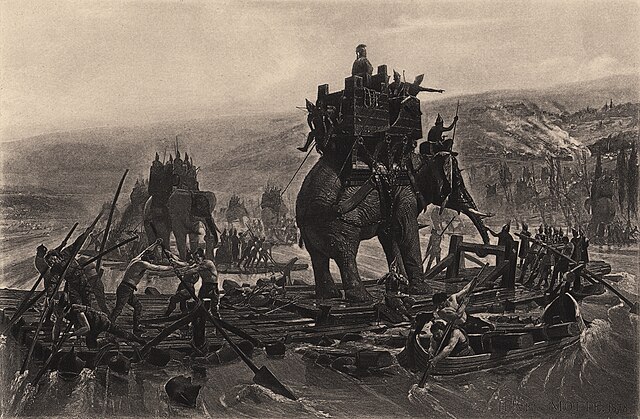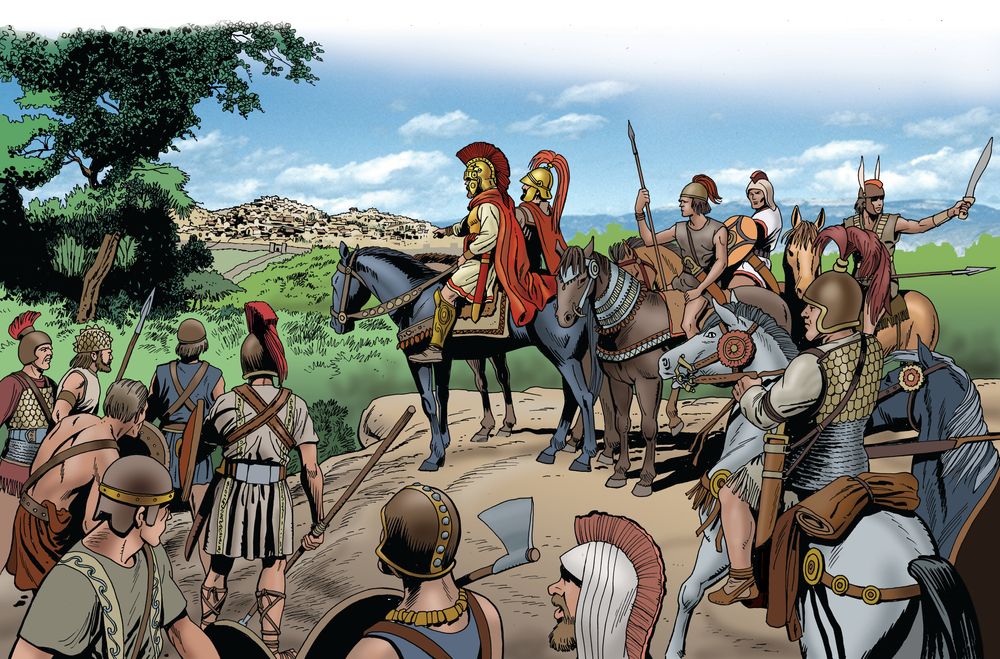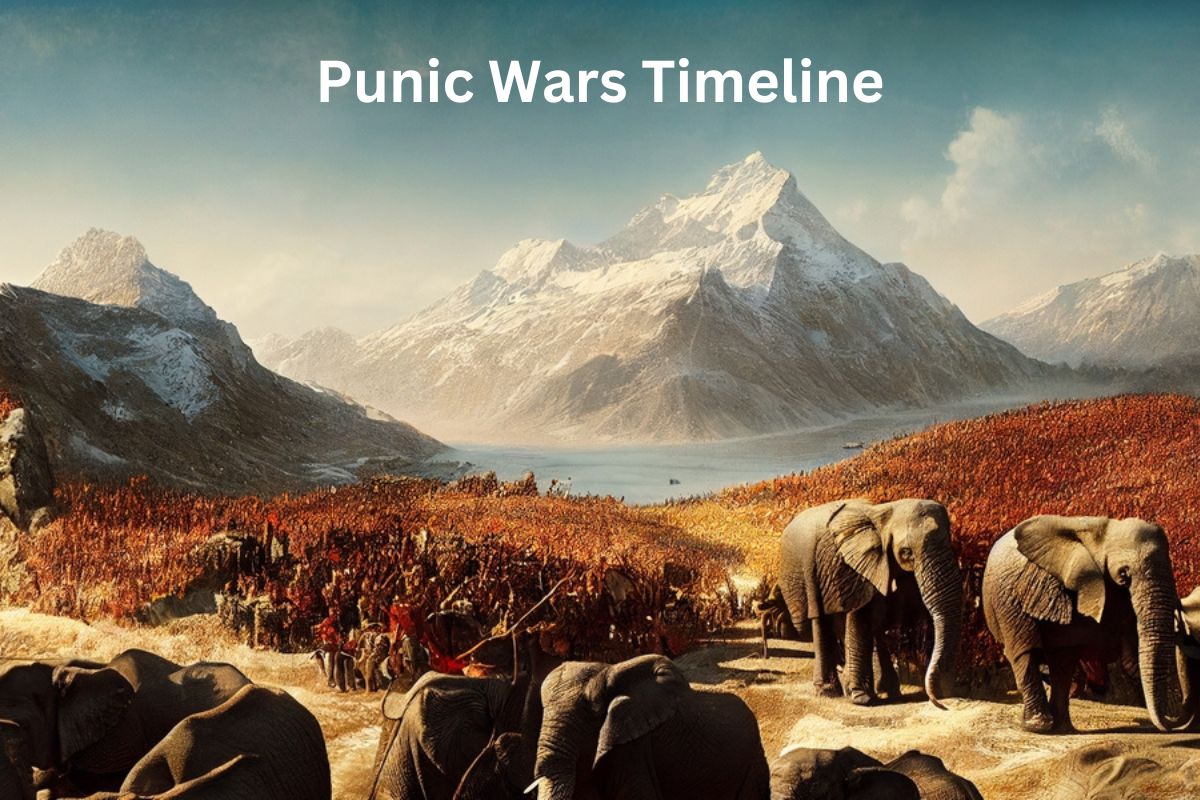The Punic Wars, spanning from 264 BC to 146 BC, were a series of three pivotal conflicts between Rome and Carthage. Fueled by territorial disputes, economic interests, and cultural differences, these wars shaped the Mediterranean’s geopolitical landscape.
At the heart of the wars was the struggle for supremacy over key territories. Carthage, a maritime power with trade networks across North Africa and Iberia, clashed with Rome, which was expanding its control over Italy.
The battles showcased innovative tactics and the leadership of figures like Hannibal and Scipio Africanus.
These conflicts had far-reaching effects. They propelled Rome’s ascent as a dominant force, and the destruction of Carthage in the Third Punic War marked the end of an era.
The Punic Wars’ legacy endures as a reminder of the intricate rivalries that shaped ancient history.
| Punic War | Duration | Key Events and Battles | Outcome and Result |
|---|---|---|---|
| First | 264 BC – 241 BC | – Dispute over Sicily leads to war – Battles of Mylae, Cape Ecnomus | – Rome gains control of Sicily – Treaty of Lutatius |
| Interwar | 241 BC – 218 BC | Tensions and smaller conflicts between Rome and Carthage | |
| Second | 218 BC – 201 BC | – Hannibal’s invasion of Italy – Battle of Cannae – Battle of Zama | – Carthaginian power limited – Treaty of Zama |
| Interwar | 201 BC – 149 BC | Internal turmoil in Carthage, Roman expansion | |
| Third | 149 BC – 146 BC | – Rome besieges Carthage – Capture and destruction of Carthage | – Carthage destroyed, becomes Roman province |
Timeline of the Punic Wars
1. First Punic War (264 BC – 241 BC)
In 264 BC, tensions between Rome and Carthage escalated due to a dispute over control of Sicily. This strategic island was a valuable asset in the Mediterranean region. The conflict led to a series of naval and land battles, as both powers sought to gain the upper hand.
Rome, recognizing the importance of naval warfare, built a powerful navy to challenge Carthage’s maritime strength. Notable victories for Rome included the Battles of Mylae and Cape Ecnomus. These naval successes allowed Rome to secure a foothold in Sicily.

The war reached its conclusion in 241 BC with the Treaty of Lutatius. Carthage, facing pressure from Rome’s naval supremacy, conceded defeat.
The terms of the treaty required Carthage to cede Sicily to Rome, pay a significant indemnity, and limit its naval capabilities. This marked a significant victory for Rome and established its dominance in the Mediterranean.
2. Second Punic War (218 BC – 201 BC)
The Second Punic War, one of the most famous conflicts in history, began in 218 BC when Carthaginian general Hannibal embarked on a daring journey. He led his army, including war elephants, through the Alps to invade Italy. This unexpected approach caught Rome off guard.

Hannibal achieved remarkable victories, notably the Battle of Cannae in 216 BC, where his tactics led to a devastating defeat for the Roman forces. However, Rome managed to adapt and shift its focus to North Africa.
Roman general Scipio Africanus emerged as a formidable leader, engaging Hannibal on his own terms. In 202 BC, Scipio’s forces defeated Hannibal at the Battle of Zama.
The Treaty of Zama followed, in which Carthage suffered significant losses. Carthage had to surrender its navy, pay reparations, and relinquish control over territories outside of Africa.
3. Third Punic War (149 BC – 146 BC)
Tensions flared once again between Rome and Carthage, leading to the outbreak of the Third Punic War. In 149 BC, Rome demanded that Carthage disarm and dismantle its city walls, effectively rendering the city defenseless.
When Carthage resisted these demands, Rome seized the opportunity to initiate a siege. The siege lasted for several years, during which conditions within Carthage deteriorated. In 146 BC, Roman forces breached the city’s defenses, resulting in a brutal sacking and widespread destruction.
The fall of Carthage marked the end of the Punic Wars and had profound implications for the Mediterranean region. Rome’s victory solidified its position as the dominant power, while the destruction of Carthage left a lasting impact on the historical landscape.
